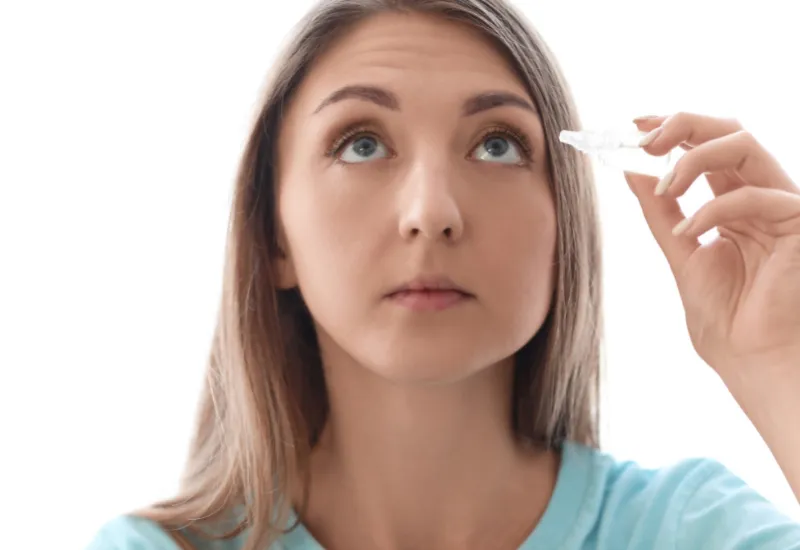Quick Links
For Patients
For Physicians
- Refer a patient to a specialist
- Order labs for patients
- Order radiology for patients
- Order At-Home Services
- Get your practice listed
For Companies

© Copyright 2024 American TelePhysicians. All rights reserved.





Glaucoma is a group of eye diseases usually due to intraocular hypertension (increased pressure in the eye) due to the building- up of aqueous humor. The increased pressure damages the optic nerve, which is a nerve that carries visual information from the eye to the brain. If treatment is not done, it can even lead to blindness.